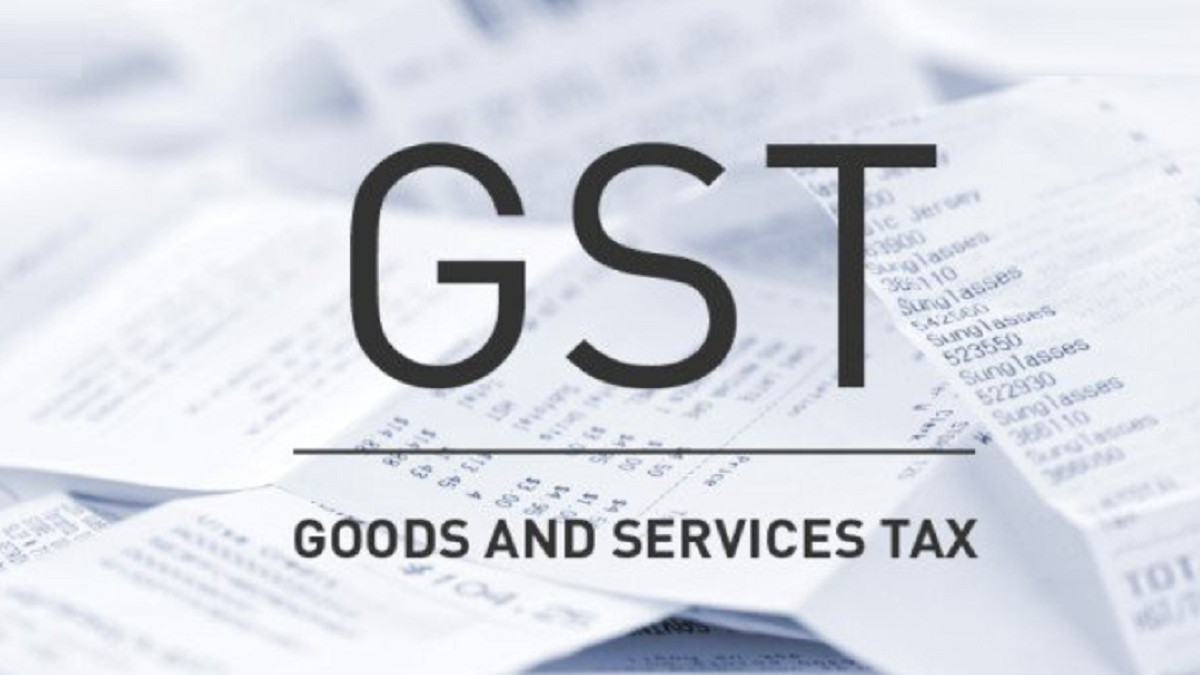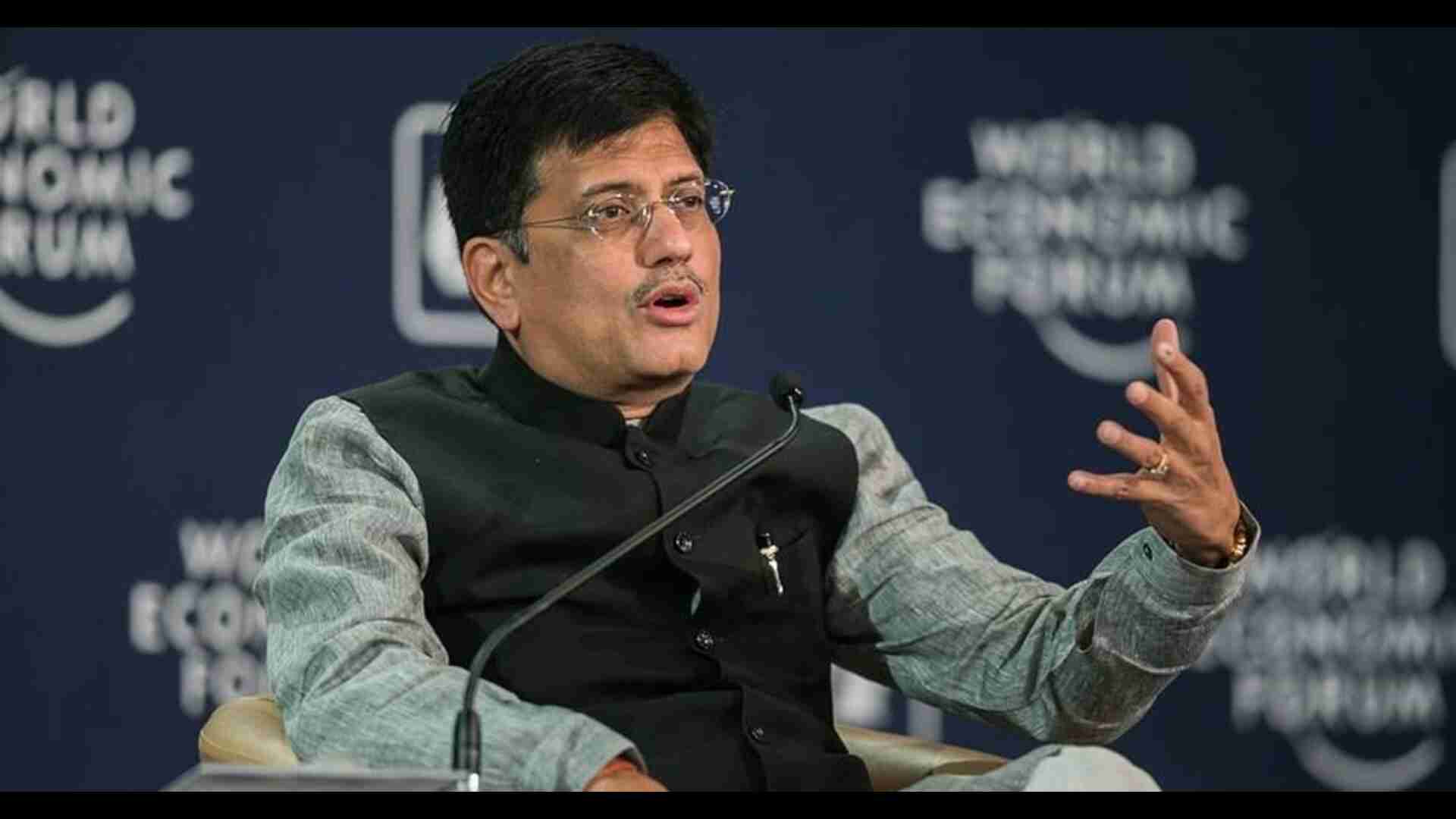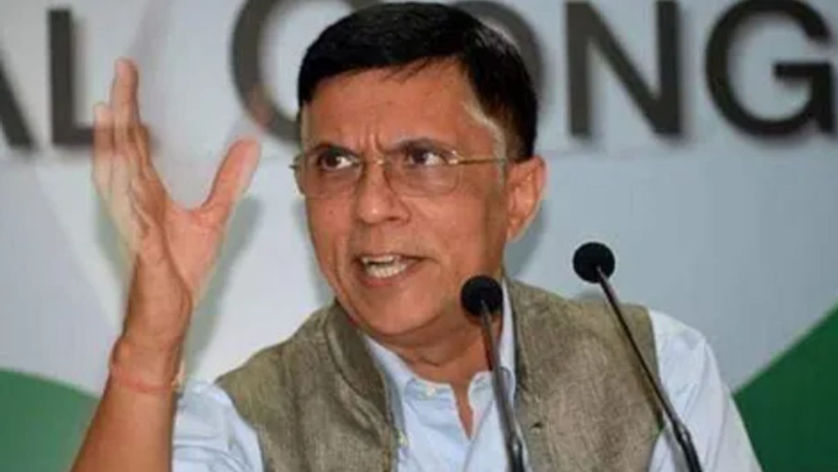
GST is a new legislation however, its development has spanned over two decades which steals its novelty. Despite years of planning and designing, the Act is still evolving and improvising. The new challenges which are staring in the eye of the system concerning GST and its day-to-day implementation are being resolved on an orderly basis.
Introduction to GST
The Goods and Services Tax Act came in force on 1st July, 2017. This Act was enforced with a view to unify the indirect taxes levied in India. Despite GST, VAT and other indirect taxes are still applicable on liquor and petroleum products. Actionable claims are also kept outside the purview of this novel system.
GST is a destination-based consumption tax wherein the taxable event is ‘supply’. Under prior regime, taxable event used to be sale, manufacture or, provision of service. The term ‘destinationbased tax’ implies that the tax is leviable in the State wherein the supply takes place. Here, the term supply does not merely denote a sale but also includes stock transfers, branch transfers, barter, exchange, license, rental and, disposal as given under Section 7 of the Central Goods and Services Tax Act (CGST Act).
In revenue consideration, the mechanism put in place for GST provides a fair share of revenue to both Central and State Governments on the basis of the place of supply. The structure of GST is torn into Integrated Goods and Services tax (IGST), Central Goods and Services Tax (CGST) and State/Union Territory Goods and Services Tax (SGST/UTGST). While IGST is leviable on inter-state supply, CGST and SGST are applicable on intrastate supply.
This Act has brought in various changes with it alongwith carrying a few features of the previous indirect taxation legislations.
The Recent Developments in GST
As mentioned earlier, this law is still making headway in our country. Its every day developments can be traced by the clarifications issued regularly by CBITC (Central Board of Indirect Taxes and Customs) and the decisions pronounced by AAR (Authority of Advance Ruling). Court rulings are also paving way for smooth transition from earlier taxes and implementation of the new tax regime. Apart from the announcements made regarding the various reliefs imparted to the tax payer in view of the pandemic, there are several circulars clarifying the issues arising out of the administration of GST.
A few noteworthy clarifications on GST are summarised here under:
18% GST on Alcohol Sanitisers: Goa AAR for GST ruled that alcohol-based sanitizers attract 18% GST which gives a blow to common man. Amidst the pandemic, sanitizer is viewed as a life saver and imposing GST on such an essential commodity, as it is declared by the Ministry of Consumer Affairs, Food and Public Distribution vide notification CG-DL- E13032020- 218645 under the Essential Commodities Act, seems to be a less thought-out step. This ruling can be identified as an added misery for the sellers and consumers as earlier alcohol-based sanitizers were charged under 12% slab. Previously, it was classified as antihypertensive drug but now, it has been categorized under the head of ‘insecticides, rodenticides, fungicides, herbicides, anti-sprouting products and plant-growth regulators, disinfectants and similar products’ by AAR, Goa.
As far as the declaration of hand sanitizers as an essential commodity is concerned, the bench was of the view that, “exempted goods are covered by notification number 2/2017/ Central Tax (Rate) dated 28.06.2017. Merely classifying any goods as essential commodity will not be the criteria for exempting such Goods from GST.”
Input Tax Credit (ITC) status on hiring vehicles for employee transportation: In a recent ruling pronounced by AAR, it was said that companies which hire vehicles for transportation of its employees cannot claim ITC as transportation of employees is not mandatory under any law. This verdict places the companies and its employees in a disadvantageous position because the companies would incur additional costs during transportation which won’t be recovered by them. The AAR disregarded the fact that employees with disabilities and female employees at odd hours need conveyance which assures their safety and well-being.
GST on sale of plot: In another ruling, Gujarat AAR adjudged that sale of plots which are developed, i.e., plots which have facilities such as provision of water supply, supply of electricity and other basic amenities are subject to GST. The bench made a distinction between sale of land and sale of developed plots, thereby subjecting sale of developed plots to GST under ‘construction of a complex intended for sale to a buyer’. It is imperative to mention here that sale of land is not subject to GST as it is treated neither as supply of a good nor as supply of a service.
GST on online gaming: Recently, the Supreme Court of India in Gurdeep Singh Sachar v. Union of India ruled that Dream11, which is an online cricket game, is a game of skill and not a game of chance, and hence attracts a GST of 18%. There is a distinction created under the GST regime to levy tax on online games, viz-a-viz, games of skills and games of chance. Games of chance attract 28% GST while games of skill attract GST at a rate of 18%.
GST on Director’s Remuneration: After the two AARs gave different rulings on the issue, CBITC issued a clarification on 10.06.2020 regarding levying of GST on Director’s remuneration paid to them by the Company. As per the clarification, remuneration of a director, addressed by whichsoever name, will not attract GST when such director is an employee of the Company and his remuneration is booked as salary under the Income Tax Act, 1961. However, GST is charged on Reverse Charge Basis when any remuneration paid to a director is not booked as salary or renumeration is paid to a director who is not an employee to the company.
GST Compliance for companies under CIRP: Previously, a circular dated 21.03.2020 was issued by CBITC stating that any Corporate Debtor which is undergoing CIRP (Corporate Insolvency Resolution Process) has to obtain a fresh GST registration within 30 days from the appointment of RP/IRP (Resolution Professional/ Interim Resolution Professional). Later on, a clarification was issued on 06.05.2020 stating that only those companies under liquidation have to seek new GST Registration which had defaulted in filing of statements in FORM GSTR-1 under Section 37 and returns in FORM GSTR-3B under Section 39 of the CGST Act before the appointment of IPR/RP.
Also, due to COVID-19 crisis, the date of Registration was extended till 30.06.2020. Thereby, a Corporate Debtor which defaulted in filing statements and GSTR (GST Return) prior to appointment of RP/ IRP has to get new GST Registration within 30 days of Appointment of RP/IRP or by 30.06.2020, whichever is later.
These frequently modifying rules caused confusion amongst IRP/RPs as they cannot obtain more than one GST registration at a time.
The much awaited judgement on CENVAT claim: In the past two months, a tussle broke out amongst the tax payers and GST Authorities over CENVAT claims. CENVAT is the Central Value Added Tax which was levied by the Central Government prior to the introduction of GST. TRAN-1 is a Form under GST which allows the registered person having ITC on closing stock and who migrated to GST from VAT, Service Tax, or Central Excise to claim it. According to Rule 117 of the CGST Rules, the time limit specified to file form TRAN-1 is 30 days. According to Rule 117 read with Section 140 of the GST Act, a registered person who migrated from prior regime to GST Regime and who was entitled to tax credit in such regime may claim it as ITC through filling Form TRAN-1 within 90 days of such transition. Many registered persons did not file the form on time and the litigation on this point came after more than 2 years of implementation of the Act.
The High Court of Delhi in the case of Brand Equity Treaties Limited v. Union of India (W.P.(C) 11040/2018) laid down that registered persons be allowed the claim as time period given under Rule 117 is directory and not mandatory and the Court applied the rule of 3 years’ limitation period as given under the Limitation Act. The Court repeated itself in the case of Mangla Hoist Pvt. Ltd. v. Union of India (W.P.(C) 3572/2020 and CM APPL. 12707/2020) which was pronounced on 17th June, 2020. Similar ruling was also given by the Punjab and Haryana High Court. An appeal was filed in the case of Brand Equity Treaties Limited v. Union of India before the Hon’ble Supreme Court and the judgement on this is eagerly awaited by the registered dealers.
These were few notable developments in GST apart from various others.
Analysing the Effect of Every Day Changes
The efforts made by the department, authorities and judicial bodies for smooth implementation of GST are commendable, however regular and repeated updations are a matter of concern. This clearly shows that there is a serious lapse in the GST regime and the Indian jurisdiction was not ready to incorporate the same. Keeping up with the unstable nature of GST becomes cumbersome for registered dealers and for GST practitioners. The everyday flowing GST clarifications causes confusion and chaos. Thereby, the goals of comprehensive taxation system and ease of doing business with which the Act was brough in force are defeated on a daily basis.
If we derive from the above summarisation, it can be easily viewed that there is plenteous confrontation. The various conflicts which can be ascertained from the recent legislative and judicial developments over GST are worrisome. The commodity which is declared to be an essential one by the Ministry itself is not exempted from GST levy under the judicial pronouncement, creating excessive uncertainty. CBITC is itself in a dilemma when it comes to GST application over companies undergoing CIRP, which is leading to a state of dubiety. The distinction of developed land from land is still an evolving differentiation which is recking havoc on the already dilapidated condition of the real estate market. All these instances show that the introduction of GST is more or less a haphazard initiation.
Viewing the matter from a pragmatic approach, we can deduce that even after so many years of enforcement of Income Tax Act, new rules follow in every financial year. Thereby it can be said that taxation is that branch of law which is the most capricious one. It ought to be changed with time, no matter how small that time period is, to ensure pertinence. The changes made to the freshly introduced regime are a necessary evil to ensure that equity is brought in the taxation system and the legislation does not lose its materiality with the contemporary disputes.















